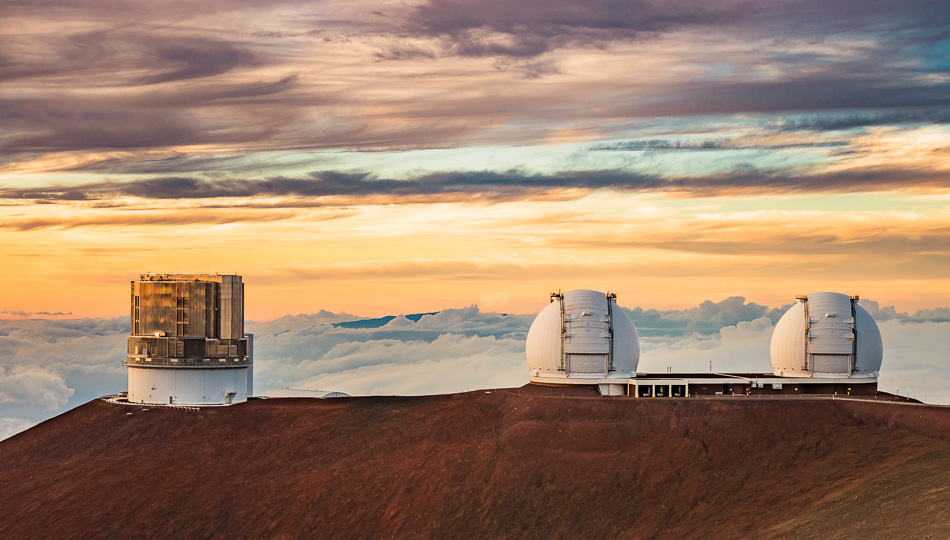Hawaii Zipline & Hiking Tours
Zipline & Hiking Tours featuring adventure with Aloha and a zipline that soars over a 250 foot waterfall.

At 13,700+ feet, Mauna Kea is the highest point in the entire state of Hawaii. A stunning view of the surrounding island landscape is bested only by the unchecked access to the heavens, which is one of the best places for atmospheric observation in the world.
Simply driving up to the summit isn’t a wise move. Due to the sudden and dramatic change in altitude, sickness and permanent, life-threatening conditions can develop with little or no notice. That’s why it’s so important to stay safe and take every precaution before venturing up the summit and enjoying the magnificent views found there.

Before Ascending
Spend a minimum of 30 minutes at the Visitor Information Station at 9,200 feet. This can lessen the intensity of altitude sickness and help your body adjust before venturing higher. Should symptoms of altitude sickness present themselves (headaches, drowsiness, nausea, loss of balance, impaired judgement or reason), don’t travel further than the Visitor Information Station.
Always use sunscreen and wear sunglasses, as the UV levels near the summit are much higher than elsewhere on the island.
If you’re planning to hike to the summit, be sure to register at the VIS and ensure you have the proper gear. The VIS has maps and current weather conditions, so travel smart and use the buddy system.
Don’t drink alcoholic beverages before or during your visit to Mauna Kea.

Safe Driving
The summit access road is a narrow, winding stretch of unpaved roadway that includes blind curves, heavy traffic, and pedestrian activity. Only vehicles with true 4WD low range functionality are permitted past the VIS, but even the access road can be precarious for vehicles without it. Many rental companies do not allow travel to Mauna Kea, even if the vehicle is 4WD.
The speed limit is 25 MPH and drivers are cautioned to drive slowly throughout the trip, as poor visibility, blind corners, hikers, and unpaved road conditions exist.
Should your vehicle break down, be sure to contact the Mauna Kea Rangers at (808) 961-2180 immediately to arrange for removal and rescue.

Staying Prepared
Pack plenty of water, snacks, and survival gear. The summit is a very remote location with very few amenities, so relying on yourself is highly recommended.
Persons who are pregnant, have heart or respiratory problems, in poor physical conditions, and children under the age of 16 are advised not to travel to the summit.
Visitors are advised to fuel up their car before travelling to Mauna Kea.
Vehicles in poor condition are not advised to make the trip.
The summit can become quite cold and may even include snow and ice. Packing warm clothing and emergency supplies is highly recommended.
Zipline & Hiking Tours featuring adventure with Aloha and a zipline that soars over a 250 foot waterfall.
World-renowned for the quality and consistency of its beans, Kona Coffee alone is worth a trip to the Big Island.
With knowledgeable guides and access to some of the Big Island’s most prized lands, Hawaii Forest and Trail brings you closer to the true beauty of the island.